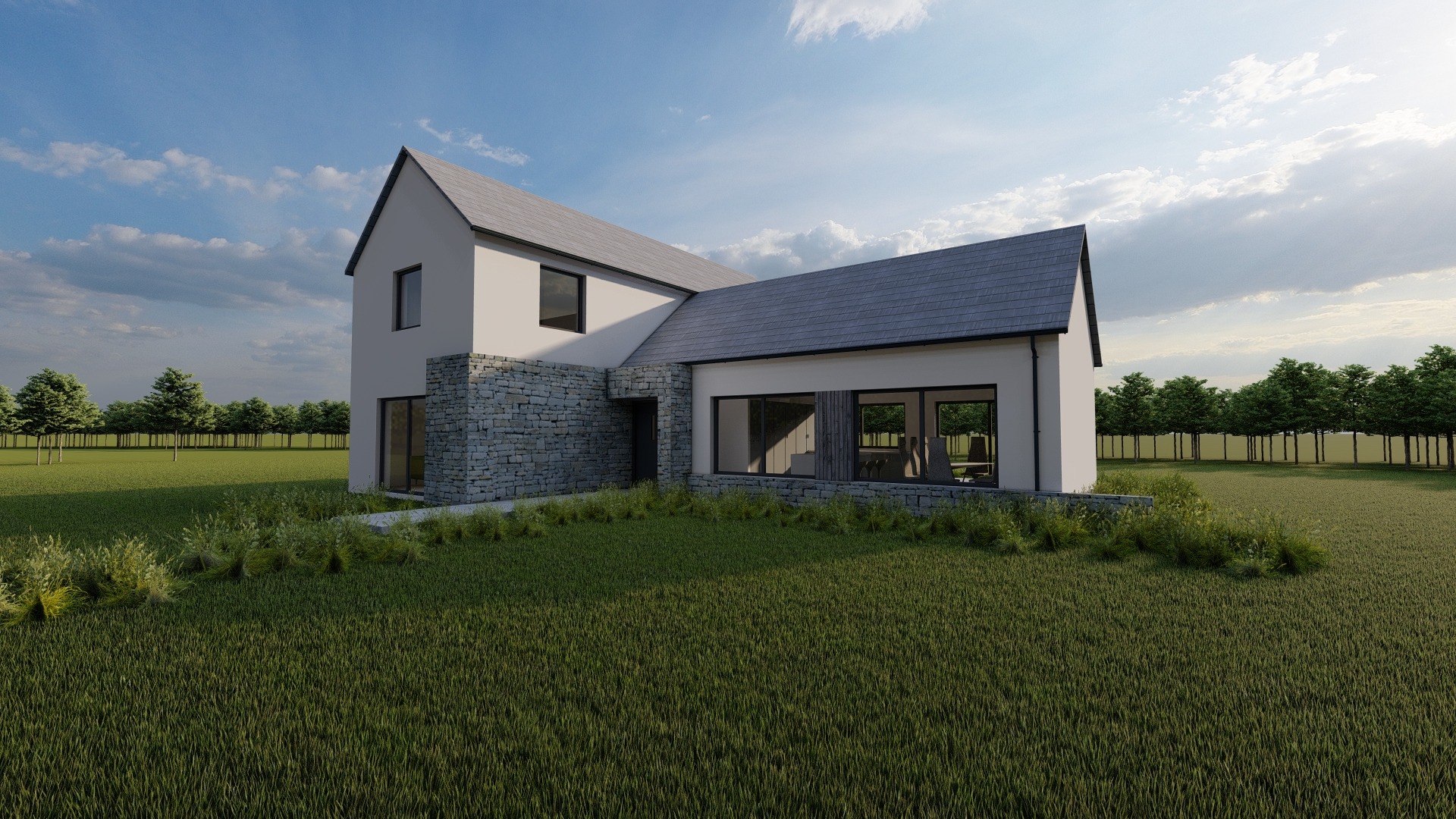In any uncertain venture, there’s a relationship between risk and reward. Risk has to be compensated for. Risky projects will be more profitable, and fewer in number, than safer ones. The construction industry is riddled with risk. The usual macroeconomic risks are amplified, because construction depends on investment cycles which are even more volatile than the rest of the economy. Then there’s the panoply of construction-specific risks. The risk the planning system will sink the project. The capital at risk during the construction phase, before a unit is sold. The risk of what will be found underground, once shovels go…
Cancel at any time. Are you already a member? Log in here.
Want to read the full story?
Unlock this article – and everything else on The Currency – with an annual membership and receive a free Samsonite Upscape suitcase, retailing at €235, delivered to your door.

